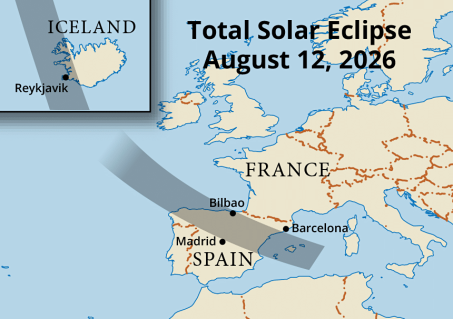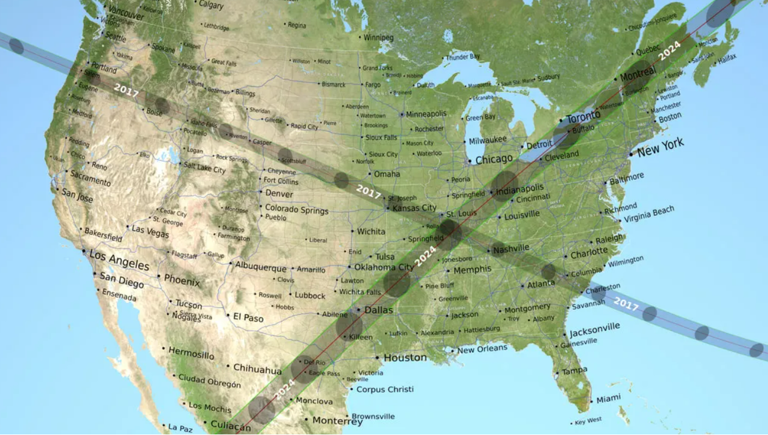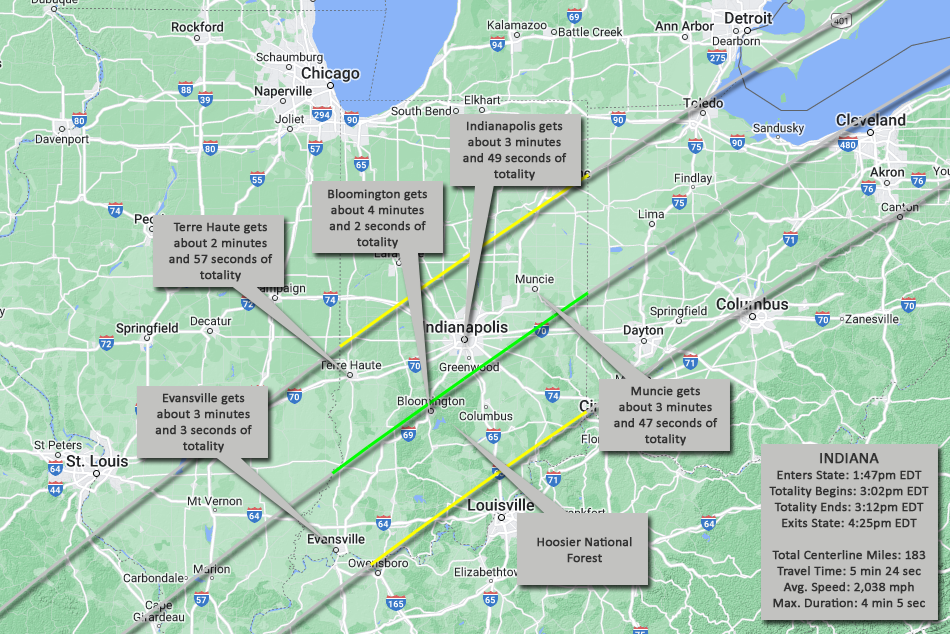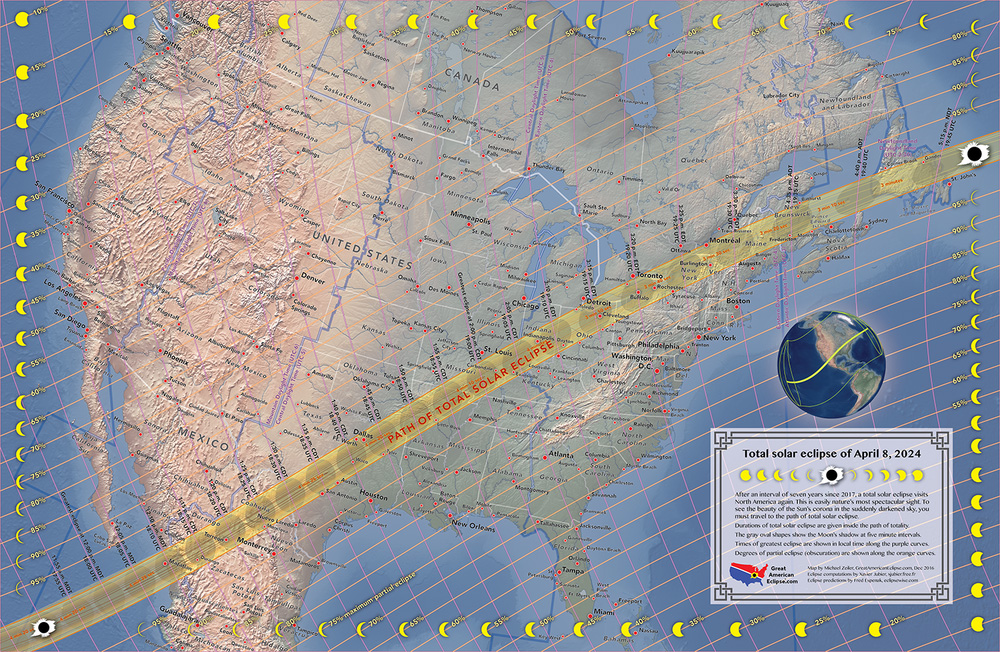Table of Contents
- Next Solar Eclipse | When is the Next Total Solar Eclipse - Calender ...
- When and where will the next total solar eclipse be? - World Stock Market
- "Largest tourism event in Indiana history": Bloomington braces for ...
- Total Solar Eclipse of 2024: Here Are Maps of the 'Path of Totality ...
- Pin on Eclipse
- 3D Eclipse Path: Solar Eclipse 2026, August 12
- What you need to know to watch the 2024 total solar eclipse in Colorado ...
- What to expect during 2024 total solar eclipse in Indiana: IU News
- What you need to know to watch the 2024 total solar eclipse in Colorado ...
- Path of Total Solar Eclipse of 2026 Aug 12


What is an Eclipse?



The August 12, 2026 Eclipse


NSO Eclipse Map
To help you make the most of this celestial event, the National Solar Observatory (NSO) has created a comprehensive eclipse map. The NSO eclipse map provides detailed information on the path of totality, which is the region where the eclipse will be visible in its entirety. The map also includes information on the timing of the eclipse, the duration of totality, and the percentage of the Sun's disk that will be covered by the Moon. The NSO eclipse map is an essential tool for anyone planning to witness the August 12, 2026 eclipse. By using the map, you can determine the best location to view the eclipse, plan your itinerary, and make necessary arrangements to ensure a safe and enjoyable viewing experience.
How to Use the NSO Eclipse Map
Using the NSO eclipse map is straightforward. Simply visit the NSO website and click on the eclipse map link. The map will display the path of totality, which is the region where the eclipse will be visible in its entirety. You can zoom in and out of the map to get a closer look at specific locations and plan your viewing location accordingly. In addition to the map, the NSO website also provides a wealth of information on the August 12, 2026 eclipse, including safety tips, viewing guides, and educational resources. By leveraging these resources, you can enhance your understanding of the eclipse and make the most of this rare celestial event. The August 12, 2026 eclipse is a significant astronomical event that promises to be an awe-inspiring experience. With the help of the NSO eclipse map, you can plan your viewing experience, determine the best location to witness the eclipse, and make necessary arrangements to ensure a safe and enjoyable experience. Whether you are a seasoned astronomy enthusiast or just curious about the universe, the NSO eclipse map is an essential tool to help you navigate this celestial spectacle. So mark your calendars for August 12, 2026, and get ready to witness one of the most breathtaking events in the celestial world.Keyword: Eclipse Map, August 12, 2026, NSO, National Solar Observatory